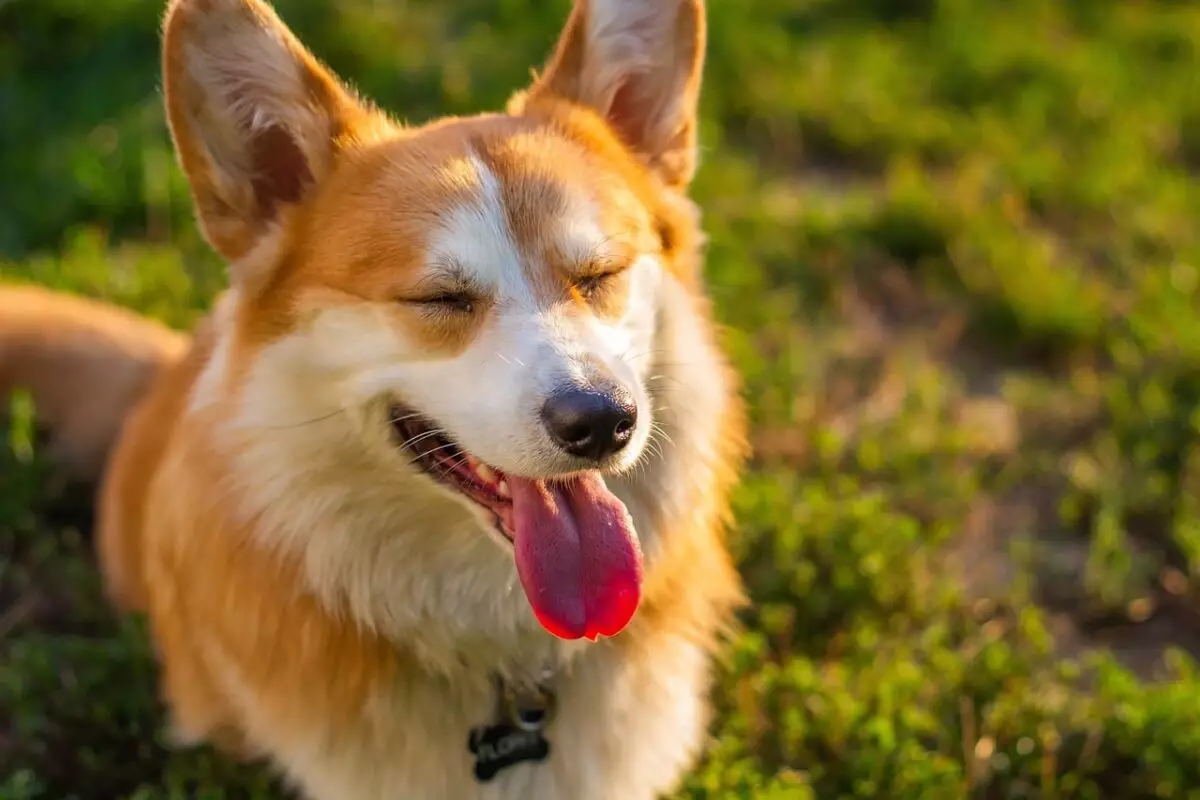As devoted dog enthusiasts, we strive to ensure that our four-legged companions enjoy their lives to the fullest. Although dogs cannot express themselves through words, they possess a remarkable ability to communicate their feelings through body language and actions. Being able to interpret these signals not only enhances our understanding of their emotional state but also strengthens the bond we share. This article delves into the various signs of happiness in dogs, allowing owners to cater to their needs and promote a fulfilling life for their pets.
The Significance of Tail Language
One of the most telling indicators of a dog’s happiness is its tail. An animated, loose tail wagging freely is almost universally recognized as a sign of excitement and joy. In contrast, a tail that wags stiffly or remains low can indicate fear or anxiety. It’s crucial to observe the context—such as the environment and the presence of other animals—when interpreting tail movement. A dog displaying an enthusiastic tail wag, often paired with a whole-body shimmy, is undeniably reveling in happiness.
Additionally, the position and motion of the tail can offer insights into your dog’s emotional state. For example, if the tail is held high and moving vigorously, it is often a signal of eagerness, whereas a tail tucked between the legs is a clear sign of distress. Understanding these subtleties can transform your ability to respond appropriately to your pet’s emotional needs.
Beyond the tail, other aspects of a dog’s body language speak volumes about their emotional well-being. A relaxed stance, characterized by soft ears, an unfurrowed brow, and a slightly open mouth, typically indicates a content dog. When dogs exhibit loose body posture—void of stiffness or tension—it reflects their peaceful comfort in their surroundings.
For instance, mildly perked ears may indicate a relaxed state, while ears pinned against the head may highlight discomfort or fear. Paying attention to these physical cues allows owners to gauge their dog’s mental state more accurately, which is vital for providing the right environment and companionship.
The Role of Playfulness
Play is a fundamental aspect of a dog’s happiness. Engaging in games, whether it is chasing a ball or play-wrestling with humans, shows a dog’s vibrant spirit. A dog conducting a playful bow—where they lower their forequarters while keeping their rear high—invites interaction and signifies joy.
This willingness to play is not only about social connection but also demonstrates a dog’s mental health is thriving. Regular play showcases interest in the world around them and encourages healthy interactions, enriching a dog’s quality of life.
A healthy appetite can also signify a content canine. An eager dog that welcomes meal times with excitement typically enjoys a well-balanced emotional and physical state. Conversely, changes in appetite can be a hint that something is amiss. Dogs that exhibit enthusiasm for food and treats typically convey a sense of security and happiness, contrasting with those that become reluctant eaters or show disinterest.
Owners should remain vigilant when monitoring changes in eating habits, as they can impact overall health and happiness.
Gestures of Trust and Affection
When dogs roll over to expose their bellies, it is a significant gesture of trust and security. This position indicates that they feel safe and are willing to be vulnerable in their owner’s presence. Asking for belly rubs is not just a delightful experience for the owner but also an important display of their dog’s affection and happiness.
Similarly, leaning into a human—whether pressing their body against a leg or nudging a hand—demonstrates comfort and a desire for connection. These sweet behaviors are poignant reminders of the bond we share with our dogs.
Bright Eyes and Happy Sounds
A dog’s eyes can be incredibly expressive. A relaxed gaze, often accompanied by soft, gentle eyes, reveals that a dog is at ease. It’s common for happy dogs to squint slightly during moments of contentment, especially when receiving affection.
Vocalizations such as contented sighs or soft grunts can also indicate relaxation. Dogs that are comfortable in their environment often express joy through these sounds, highlighting their contentment in that moment.
Curiosity and Engagement: Signs of Contentment
Curiosity is another hallmark of a happy dog. A dog that thrives on exploration, whether it’s discovering new scents on walks or investigating new environments, is likely to be mentally stimulated and secure. This eagerness to explore speaks to a dog’s emotional state, revealing that they feel safe and confident in their surroundings.
Additionally, a well-rested dog that displays a penchant for comfortable napping positions, with limbs sprawled out or curled up snugly, underscores the sense of security and comfort within their personal space.
Recognizing the signs of a happy dog enables deeper connections between owners and their furry companions. Whether through tail wags, relaxed body language, or playful interaction, dogs have an exquisite array of ways to express joy. Understanding and responding to these signals not only fulfills their emotional needs but also enhances the human-animal bond, paving the way for richer and more fulfilling friendships. Embrace the unique expressions of happiness, and in doing so, deepen the love shared with your beloved pet.

